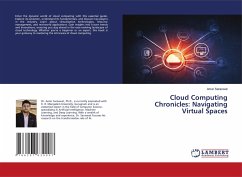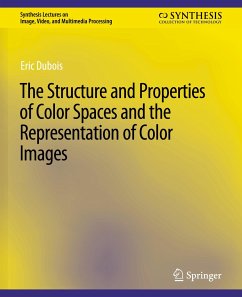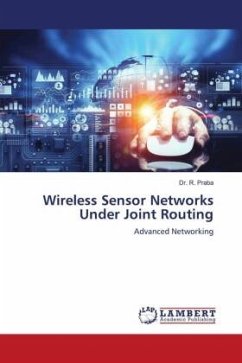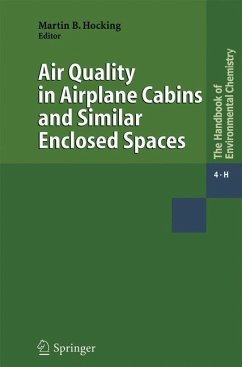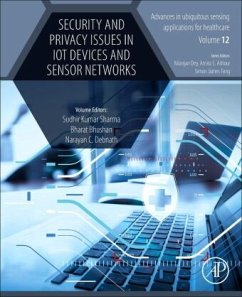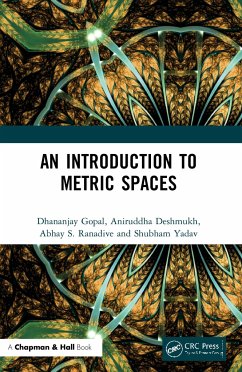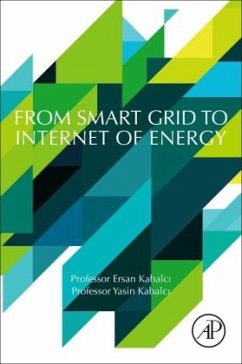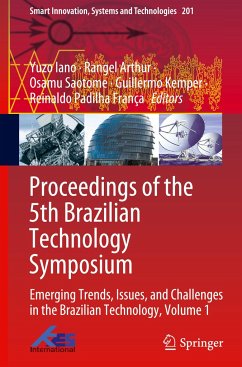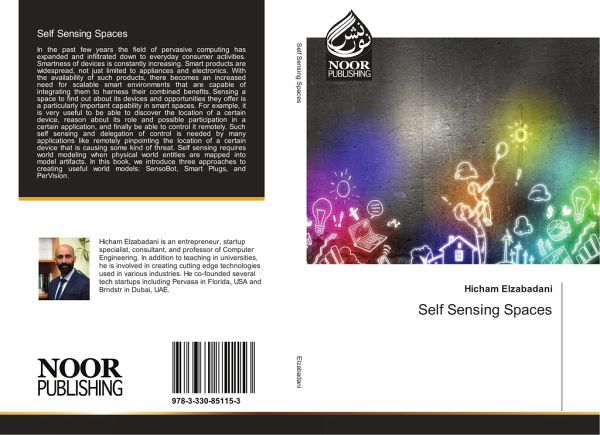
Self Sensing Spaces
Versandkostenfrei!
Versandfertig in 6-10 Tagen
33,99 €
inkl. MwSt.

PAYBACK Punkte
17 °P sammeln!
In the past few years the field of pervasive computing has expanded and infiltrated down to everyday consumer activities. Smartness of devices is constantly increasing. Smart products are widespread, not just limited to appliances and electronics. With the availability of such products, there becomes an increased need for scalable smart environments that are capable of integrating them to harness their combined benefits. Sensing a space to find out about its devices and opportunities they offer is a particularly important capability in smart spaces. For example, it is very useful to be able to...
In the past few years the field of pervasive computing has expanded and infiltrated down to everyday consumer activities. Smartness of devices is constantly increasing. Smart products are widespread, not just limited to appliances and electronics. With the availability of such products, there becomes an increased need for scalable smart environments that are capable of integrating them to harness their combined benefits. Sensing a space to find out about its devices and opportunities they offer is a particularly important capability in smart spaces. For example, it is very useful to be able to discover the location of a certain device, reason about its role and possible participation in a certain application, and finally be able to control it remotely. Such self sensing and delegation of control is needed by many applications like remotely pinpointing the location of a certain device that is causing some kind of threat. Self sensing requires world modeling when physical world entities are mapped into model artifacts. In this book, we introduce three approaches to creating useful world models: SensoBot, Smart Plugs, and PerVision.



